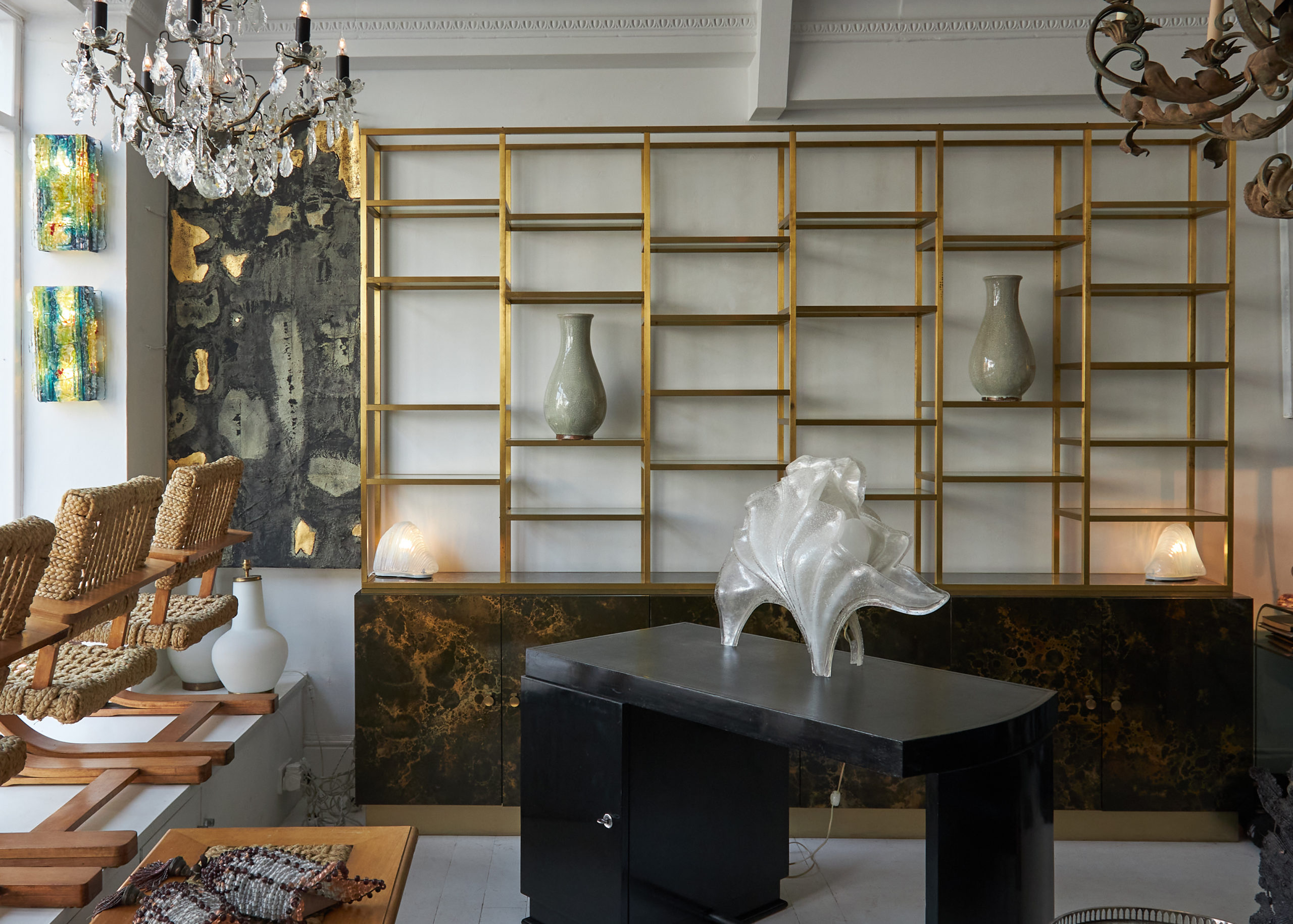It’s a long way from Paris to the sleepy market town of Petworth in England’s South Downs. But step off the high street into the Dickson Rendall showroom and one could be in the French capital of the 1960s, brushing shoulders with the Kennedys or the Agha Khan at the famed atelier of Maison Jansen. This rarified sense of time and place has earned Dickson Rendall a sobriquet among locals as Paris in Petworth.
It’s no surprise to learn that Lesley Rendall was a model in late 1960s Paris, a period that led her to a deep understanding and appreciation of French designers. What is less obvious is how the partnership she formed with 18th and early-19th-century expert Robert Dickson – and the long success the pair enjoyed at their Fulham Road antiques showroom – led to them becoming early pioneers of the mid-century renaissance that is still in full flow, 20 years on.


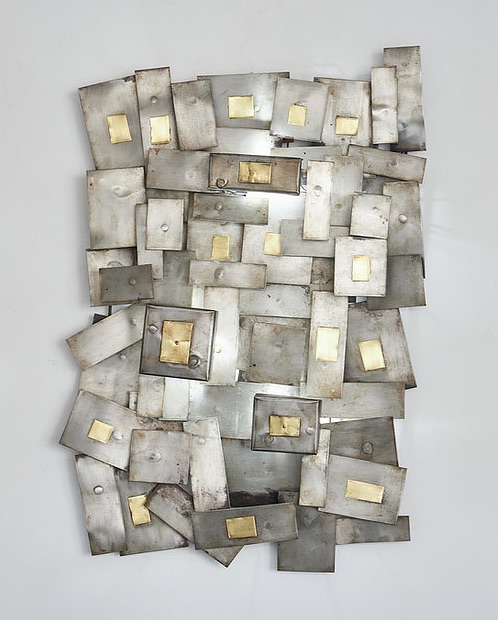
“I got bored!” says Rendall. “The Fulham Road shop where we were was big, but I was getting bored with the brown furniture. And one day I suddenly thought: ‘Why can’t we just try some 20th century? It’s far more interesting and stylish and I’m bored with all the rest.’ That’s really how it started.”
It was a prescient move that tapped into an unidentified market at the right time. “We bought an Ico Parisi sofa,” recalls Rendall, “which was with its original upholstery – moth-eaten and rather falling apart. Not quite the look that we used to have, with our Claremont fabrics and highly smart stuff in the window. And it was in the window for two days – we sold it for a lot of money to a top decorator for a top client. And that obviously encouraged us.”

If it was an easy step for Rendall, it was a wider leap for Robert Dickson – an antiques dealer steeped in the trade since the age of 16, and who had enjoyed considerable success, with a client list that included the Rockefellers, Anne Cox Chambers (at the time, the world’s richest woman), Mick Jagger and Tommy Hilfiger. Rendall says: “It’s difficult for someone who’s been in the business for that long, dealing in top Chippendale mirrors and all this sort of stuff to suddenly want to buy 1950s plastic, which his wife did. But he got into it as well. And we went from there.”
While it would be tempting to see the move as child-of-the-1960s Rendall dragging a reluctant Dickson into a new era, the truth is that Dickson is far too broad-minded – and far too good a businessman – to be hemmed in by arbitrary limitations. Plus, his apprenticeship in restoration and an eye sharpened by several years working in interior design taught him that good craftsmanship is timeless. “We always appreciate good design,” he says, “and we always buy quality – that’s what we specialise in. From being a restorer, I know how things are made and the work that goes into a good piece of furniture.”

Dickson and Rendall’s pivot to the 20th century was soon noticed by Norman Foster, the renowned British architect, who became their best customer. “He found us one day because he was having lunch in Lucio with his wife,” recalls Rendall. “We had only just turned over to 20th century. And she fell in love with a Pipistrello lamp that was in our window and came in and bought it, and brought her husband in, too, and they started buying from us.”
Foster went on to buy almost 60 pieces from Dickson Rendall over the next few years – all of them for his own private homes. “He has exquisite taste,” adds Rendall. “It was a high accolade.”
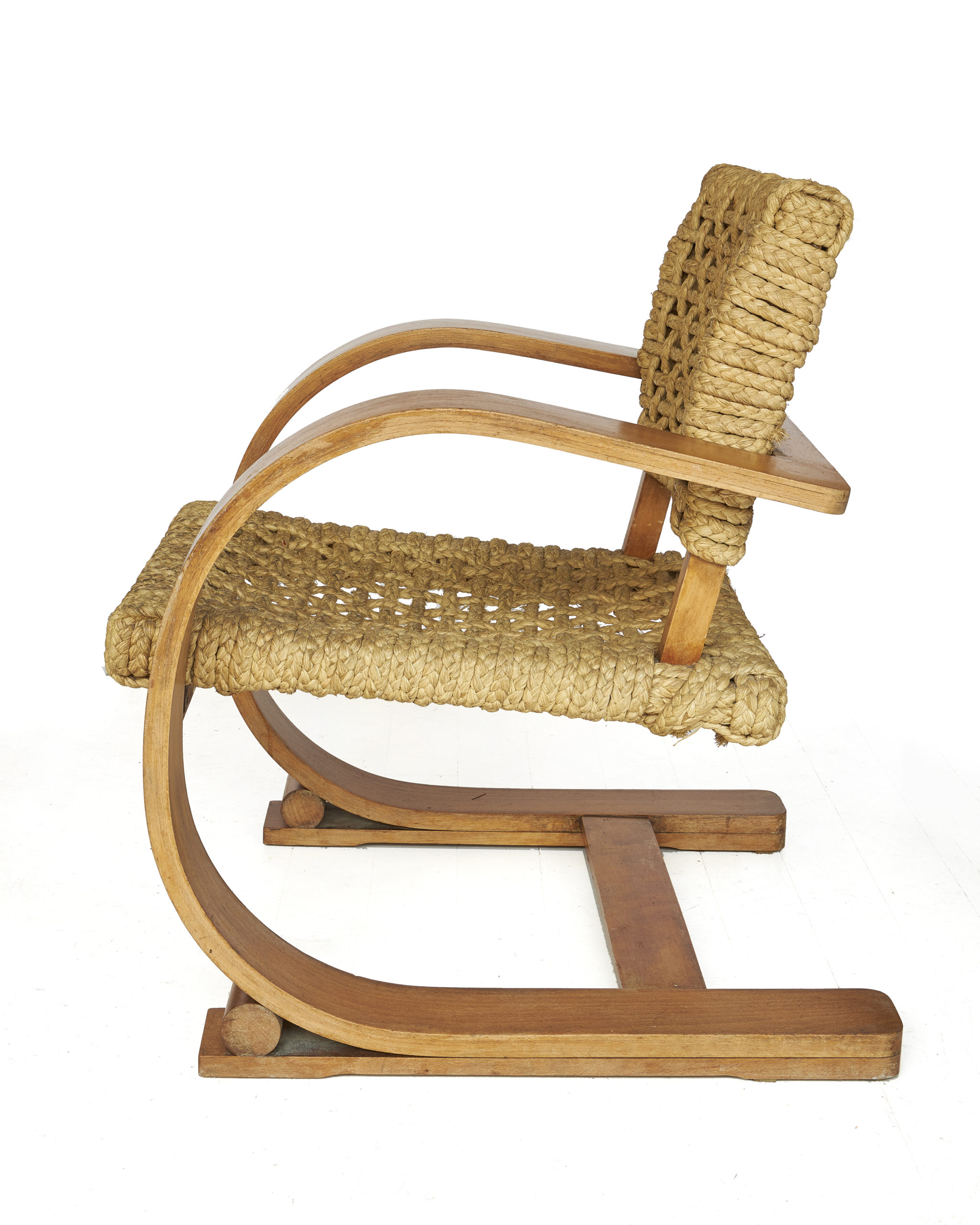

One of a pair of French 1940s beech and rope chairs by Adrien Audoux & Frida Minet; R: French 1930s iron chandelier
Like many dealers who have enjoyed long-term success, Dickson and Rendall buy with their hearts, not their heads. “We neither of us buy anything we don’t like just because it’s cheap, and we know we could sell it,” says Rendall, adding: “We’re both sufficiently arrogant to think that if we think it’s wonderful, then it should be bought!” Dickson echoes the point: “It was always good design we went for – that’s why we sold so much to interior decorators.”
We always appreciate good design, and we always buy quality – that’s what we specialise in. From being a restorer, I know how things are made and the work that goes into a good piece of furniture.
Robert Dickson, co-founder, Dickson Rendall
As their ‘Paris in Petworth’ moniker suggests, Dickson and Rendall’s catalogue has a definite French – and Italian – flavour. Dickson explains: “There are not many people that do good 20th century in England. You really have to go to Paris or New York.”
There’s the personal connection, too. “I lived and worked in Paris,” says Rendall, “and I went to school in Paris – and I always had an eye for nice things from that. And then I inherited a house in Provence, so we used to there a lot; we started buying, and it escalated from there. We got to know certain people who then gave us first option on stuff. We’re lucky – we get offered good things at source.”

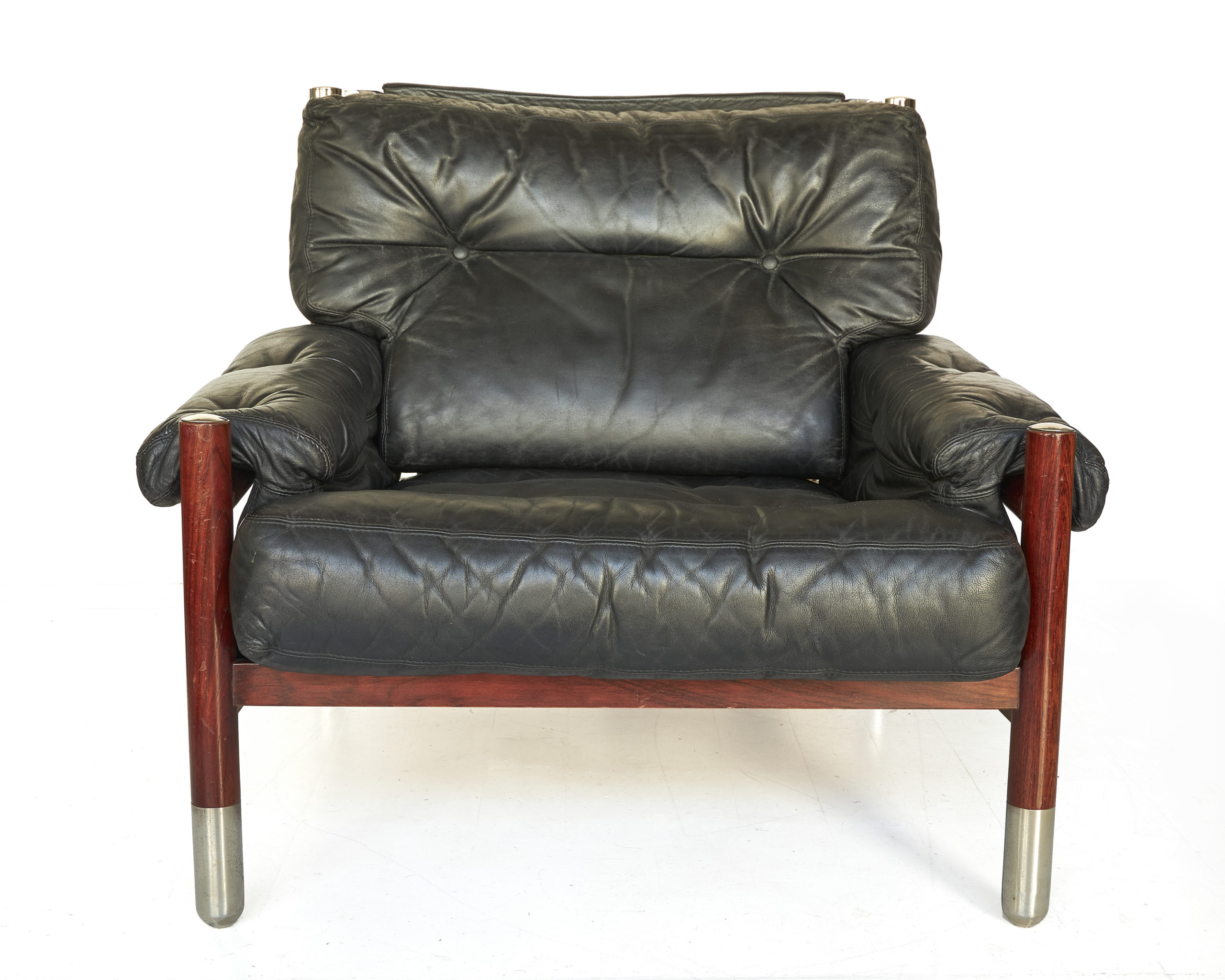
A manifestation of this enduring knack for getting offered singularly desirable objects is the impressive Maison Jansen display cabinet that takes up a good portion of their Petworth showroom.
“You know, we were told about this the moment [our contact] came out of the Paris chateau. He sent me a picture of this and we both said: ‘Wow – we’ve got to have that!’”
The cabinet is clearly a great find. Made bespoke for a private client in the 1970s, it nails that timeless quality that is at once fashionably 1970s and yet completely contemporary.
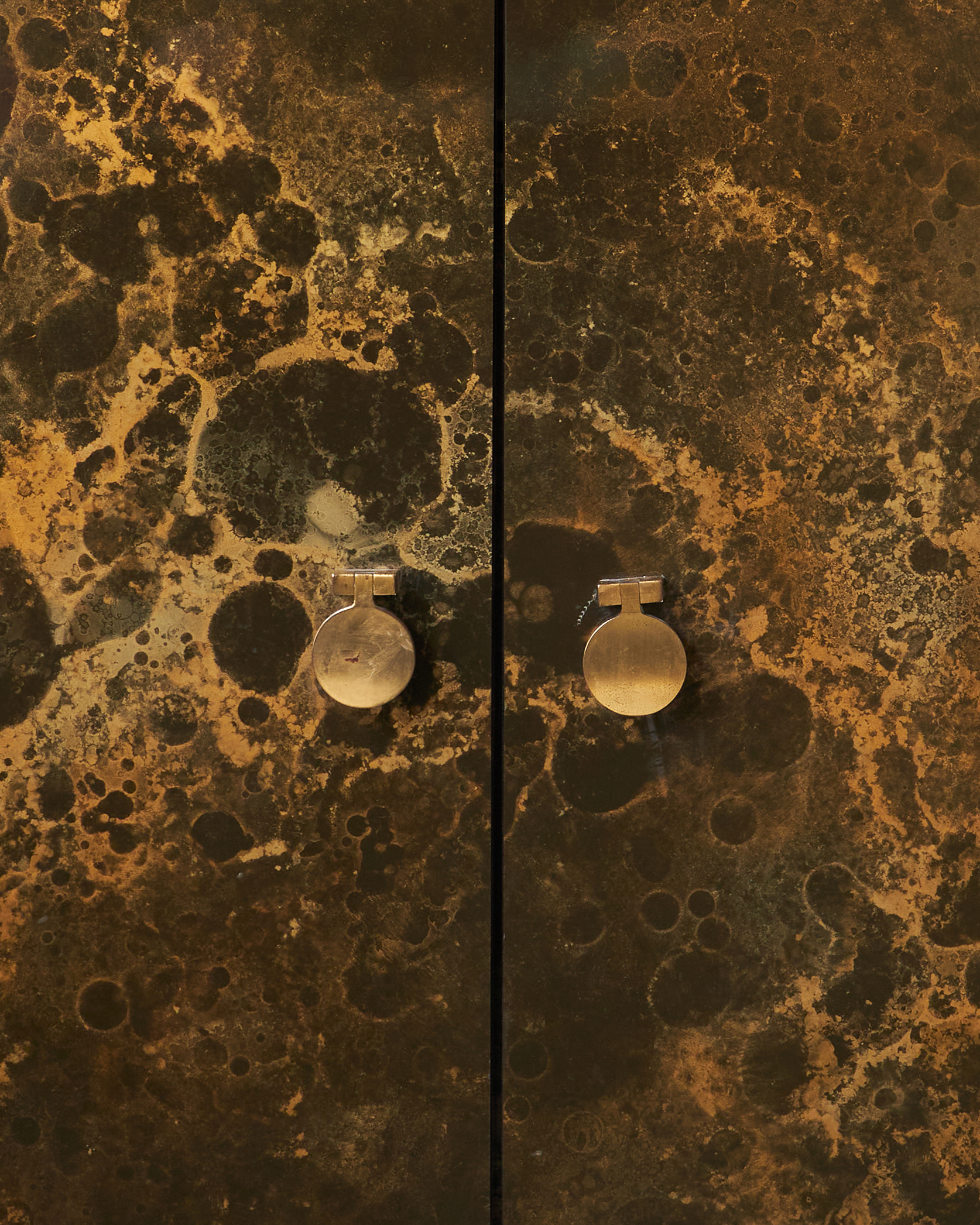
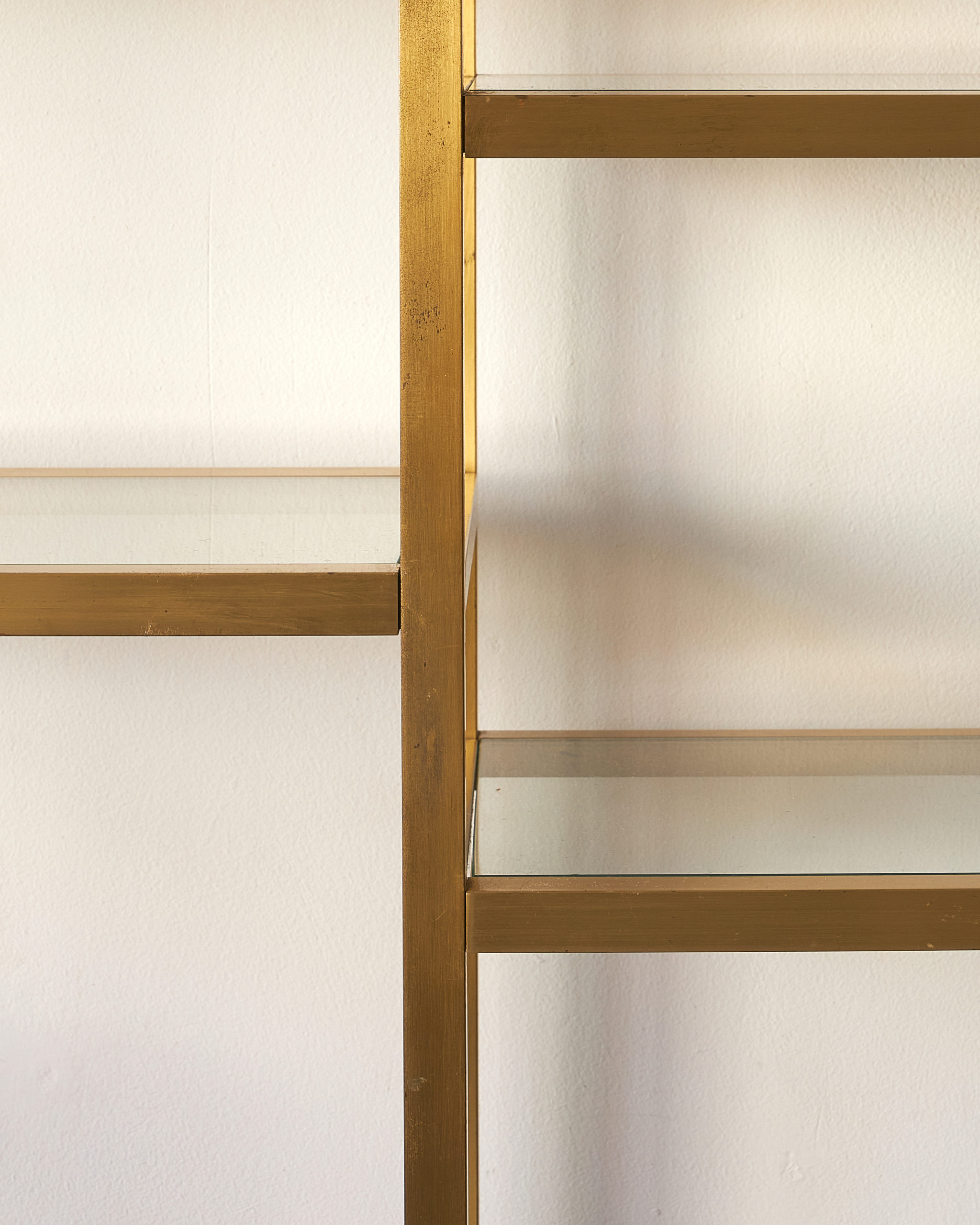
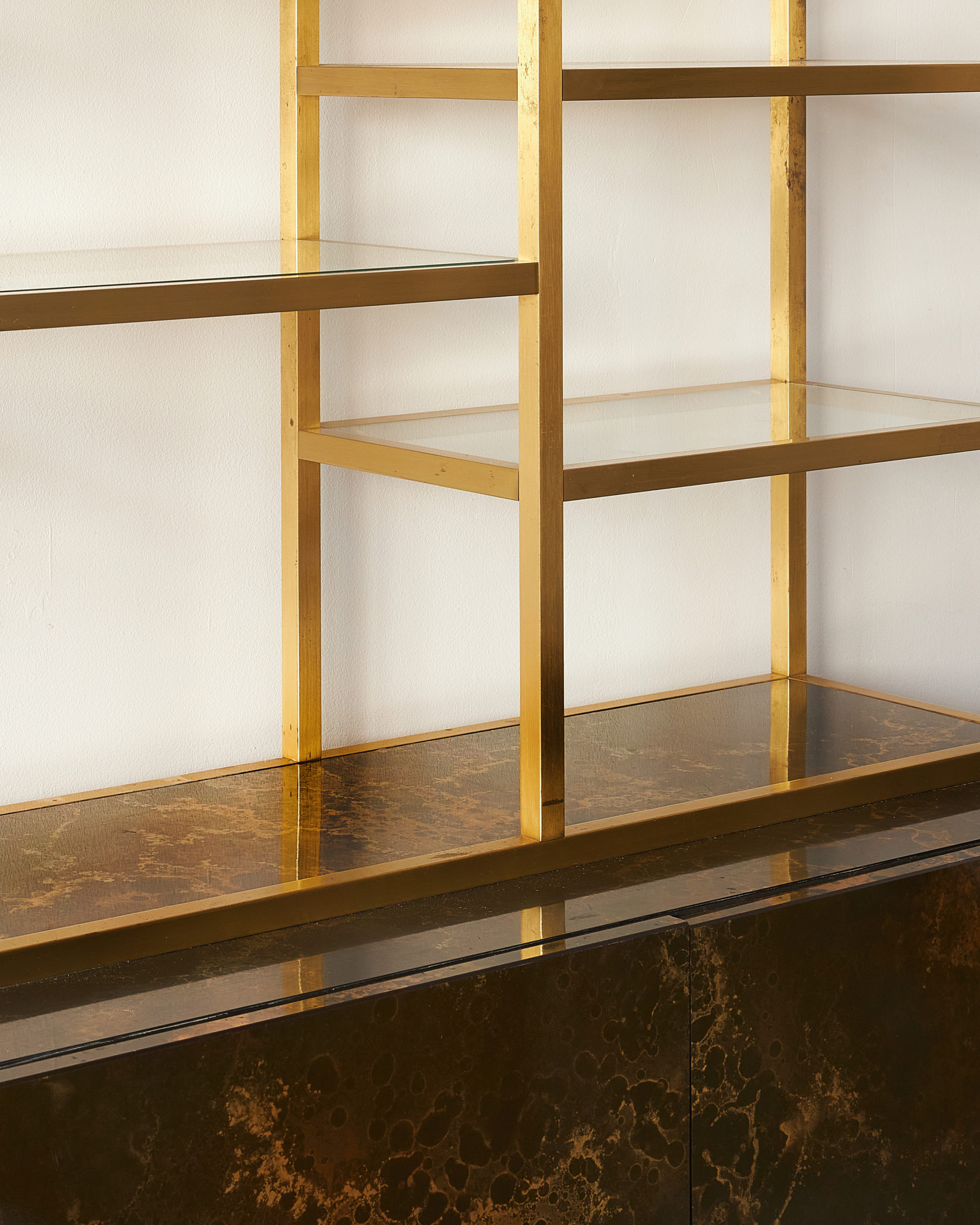
Dickson – justifiably – enthuses about it: “The quality is as good as any 18th-century piece. The lacquer is brilliant on it.”
Rendall expands on this: “Always, if you’ve got lacquer work, and it’s on the inside of doors as well, that just denotes quality. And if it’s on a hardwood like mahogany it’s never going to buckle.”
What makes Dickson and Rendall such a compelling team is that their combined knowledge – and, perhaps, the tension between their slightly divergent aesthetics – produces a menagerie of exquisitely tasteful pieces, each of which has attitude and edge. There’s the 1963 metal Steiner desk: “Ah, yes, that was one of my more esoteric purchases – it’s very cool.” And the architect’s table: “That table is fabulous. It was made bespoke for a pair of architects in Dijon in 1971. A very cool designer from Notting Hill fell in love with it and took it home. He went back to his wife and she hated it. So that was the end of that. He should have got a divorce!” She laughs, and it’s clear that Rendall’s love of these objects – and of the rare art of unearthing a gem – is undimmed.


Of the duo’s move from their landmark Fulham Road showroom to Petworth five years ago, there are no regrets. The internet now connects dealers to a global market, and what they have lost in footfall, they have gained in freedom – including the ability to shut shop and go on months-long buying trips to Paris. And in this, they were again ahead of the curve: “When I went into the Fulham Road,” says Dickson, “there were 14 antique shops and there’s only one left now.”
Regardless of their location, it’s clear that several decades after their initial pivot to modernism, the popularity of fine 20th century furniture has endured. Rendall summarises what it is about the era that resonates so much with contemporary collectors and interior designers: “Well, I think that it’s a question of the level of sophistication.”
She adds: “Personally, I’ve always been a bit of a sort of 60s freak in a way. I like that kind of era. It’s smarter, more interesting, more eclectic.”
Effect Magazine is brought to you by Effetto



